22. Study Helps Explain Why Music Is So Widely Popular Across Cultures
A study by Robert Zatorre and Valorie Salimpoor of McGill University in Montreal shows that the release of dopamine is involved both in anticipating a particularly thrilling musical moment and in feeling the rush from it. In addition, researchers found that even the anticipation of listening to intensely pleasurable music was enough to trigger the release of dopamine. Dopamine is commonly associated with the reward system of the brain, providing feelings of enjoyment and reinforcement to motivate a person proactively to perform certain activities; it is also connected with the development of sociability. Volunteers in the study chose a wide range of music – from classical and jazz to punk, tango and even bagpipes –implying that the neural response to music is not associated with any particular type of music.
Articles about the research may be found at WebMD (http://www.webmd.com/brain/news/20110109/music-gives-brain-natural-buzz) and MSNBC (http://www.msnbc.msn.com/id/40990339/ns/health-behavior/); the full text of the Nature Neuroscience article, with an abstract, is available at http://www.nature.com/neuro/journal/vaop/ncurrent/full/nn.2726.html.
23. The Skills Connection between the Arts and 21st Century Learning
In an EdWeek commentary, Bruce Taylor (director of education for the Washington National Opera, in Washington, D.C.) argues that “the necessary skills to function in an increasingly complex, conceptual, and globalized 21st-century society and economy,” as well as the “so-called ‘habits of mind’ that will enable [students] to develop the skills of creativity, critical thinking, and problem-solving,” are “in reality, arts skills.” In addition, the arts relate to the unique ways in which human beings think, postulated in Scientific American by Marc Hauser at Harvard University as four “key characteristics of the human mind” that distinguish us from our nearest primate relative, the chimp. To focus on those characteristics – generative computation, promiscuous combination of ideas, mental symbols, and abstract thought – “is to enhance the very qualities that make us ... us. In other words, to be artistic is to be human.”
To read the EdWeek commentary by Bruce Taylor, go to http://www.edweek.org/ew/articles/2011/02/02/19taylor_ep.h30.html?tkn=RVXFqYjnTgKEXardREpTCBxCEBx7Ci%2Bz6sNH&cmp=clp-edweek; to read the Scientific American article by Marc Hauser, go to http://www.wjh.harvard.edu/~mnkylab/publications/recent/mindSciAm.pdf
24. The Arts as Radical Ideas to Really Save Education
As part of an article in Fast Company Magazine (How to Spend $100 Million to Really Save Education), thirteen education experts were asked for a radical idea that they would spend $100 million on, to save education. Diane Ravitch’s response (Radical Idea #3) was, “I’d focus on the arts – music and visual arts and dance, all the things that make kids joyful. Kids need a reason to come to school, and testing is not a good reason.” To read the article, go to http://www.fastcompany.com/magazine/152/how-to-spend-100-million-to-really-save-education.html.
25. Math Concepts and Art
Recent college graduate Vi Hart is making a name for herself as a recreational mathemusician, who is hoping to help students see math as an art. She seems to be attracting more teenage girls to the subject. Hart began posting on YouTube videos of herself doodling math concepts, which have since gone viral. “I want people to feel they can do this. People can. It’s mathematics that anyone can do,” she said.
To read an article about Vi Hart, go to http://www.nytimes.com/2011/01/18/science/18prof.html?_r=4&ref=science; to see some of Ms. Harts videos, go to http://www.youtube.com/user/Vihart#p/u/7/e4MSN6IImpI (doodling in math class), http://www.youtube.com/user/Vihart#p/u/6/CfJzrmS9UfY (drawing stars), http://www.youtube.com/user/Vihart#p/u/6/heKK95DAKms (drawing snakes), http://www.youtube.com/user/Vihart#p/u/2/Yhlv5Aeuo_k (prime numbers), http://www.youtube.com/watch?v=qsE2UKkIKXU&feature=fvsr (hyperbolic planes and computational balloon twisting), and http://www.youtube.com/watch?v=DK5Z709J2eo (sums of infinite series).
skip to main |
skip to sidebar

At the First Citizen Bank Banquet

Waltzers!

Parents waltzing!


Playing for Mr. Miller's deployment


Itati and friends with the famous violinist!

Fun on break...

Break time!

Thanks for all your dedication to Titan Orchestras, Champions!

... in cupcakes

Go Beavs...

#1!!!

Number 1!!!

Tied for 1st place - Chamber Orchestra

OSBA performance

At the "Bean" in Chicago

At the Sears Tower in Chicago

Hi Chris!

Alumni Lacey ('10) played in the 2nds for symphony in December

Thank you Dr. Harmon!
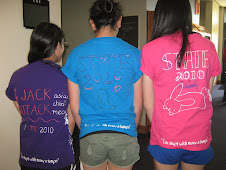
Um, what's that say at the bottom??
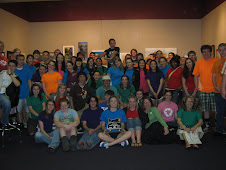
Awesome performance!
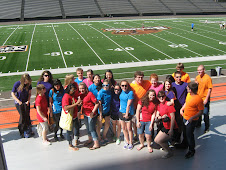
At Reeser


At the Elsinore - Chocolate Sunday
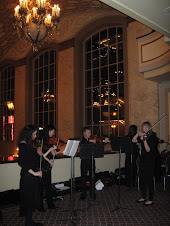

Lady Titans
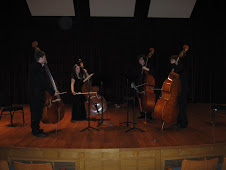
Basses
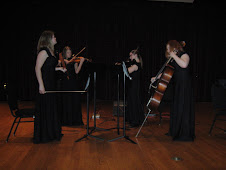
The Klems
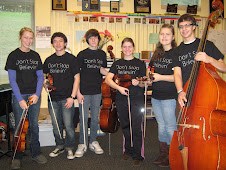
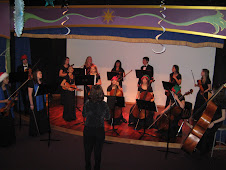
String Orchestra at Portland Children's Museum
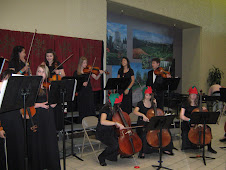
SO Playing at Lancaster
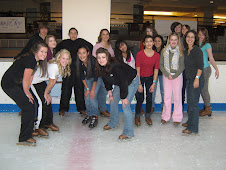
String Orchestra Ice Skating!!
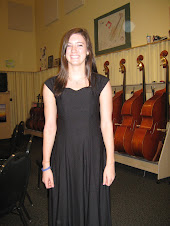
Yay - new dresses!

New Dresses!

Thanks for composing Serenade for Strings!
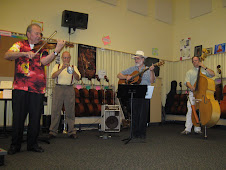
Ron Kilde and friends at Boot Camp!
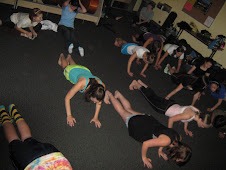
Yoga!
Advanced Symphony @ State ~Thanks CCTV
AdvOrch Districts Bach and Death ~Salem-keizer District
AdvSymphony Districts Barber and Bald ~Salem-keizer District
Vivaldi Winter Mvt. 1 ~Advanced Orchestra
Vivaldi Winter Mvt. 2 ~Advanced Orchestra
Vivaldi Winter Mvt. 3 ~Advanced Orchestra
Handel Messiah Overture ~Advanced Orchestra
Handel Messiah Chorus Combined Orchestras ~Combined Orchestra
Mozart ~ Boston 09
Aase's Death ~ Boston 09
Orange Jam ~ Boston 09
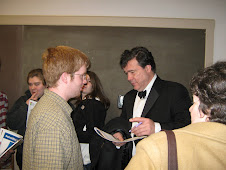
Taylor meeting Edgar Meyer
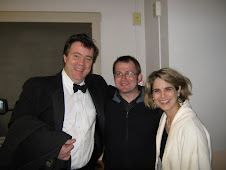
Edgar Meyer, Mr. Correa, and Ms. S

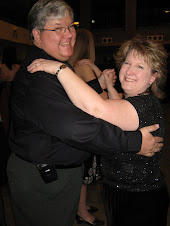
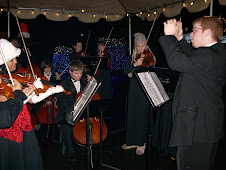
It was cold, but we played!

And, the artist - Lucy Hewitt

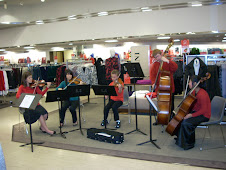

For members of West Salem High School Orchestras, parents, teachers, and all other interested folks...
Titan Orchestras Calendar
Titan Orchestras Videos
Sectional and Symphony Schedule
Chamber
Violins Thursdays 2:30
Violas Fridays 2:30
Cellos Wednesday 2:30
Basses Mondays 4pm
Symphony Schedule
Tuesdays 2:35 - 4pm
Thursdays 4 - 6:30pm
Links
Honors String Quartet

At the First Citizen Bank Banquet
Waltz Night 2013

Waltzers!
Waltz Night 2013

Parents waltzing!
Honors String Q with Ms S and Mr. Miller

Honors String Quartet with Ms S

Playing for Mr. Miller's deployment
Bloch House in Newport

Joshua Bell!!!

Itati and friends with the famous violinist!
Music Day 2011

Fun on break...
More Music Day 2011

Break time!
2011 Graduated Seniors

Thanks for all your dedication to Titan Orchestras, Champions!
Chamber Orchestra Family Tree

... in cupcakes
The OSU crowd

Go Beavs...
Principal Ed John congratulating the OSAA Champions

#1!!!
Mr. Z congratulating the Champions...

Number 1!!!
OSAA 2011 Champions!

Tied for 1st place - Chamber Orchestra
2011 Chamber Orchestra

OSBA performance
Combined Chamber Orchestra

At the "Bean" in Chicago
West Salem Combined Orchestra

At the Sears Tower in Chicago
Cowboy Cellist

Hi Chris!
Lacey came to visit...

Alumni Lacey ('10) played in the 2nds for symphony in December
Titan Quilt!

Thank you Dr. Harmon!
Cute shirts!!
Um, what's that say at the bottom??
Symphony at State
Awesome performance!
State Pics!
At Reeser
Basses at State

Basses and Witches

At the Elsinore - Chocolate Sunday
Prelude at the Schnitzer
Chamber Music!!
Lady Titans
More Chamber Music!
Basses
Electric Chamber Music
The Klems
Don't Stop Believin'...
SO Playing

String Orchestra at Portland Children's Museum
SO Lancaster

SO Playing at Lancaster
SO Ice Skating

String Orchestra Ice Skating!!
The New Chamber Orchestra Dresses!
Yay - new dresses!
Here's another pic
New Dresses!
Norman Leyden and Ms S

Thanks for composing Serenade for Strings!
Kilde
Ron Kilde and friends at Boot Camp!
Yoga Boot Camp 2009
Yoga!
Titan Orchestra Music
Advanced Symphony @ State ~Thanks CCTV
AdvOrch Districts Bach and Death ~Salem-keizer District
AdvSymphony Districts Barber and Bald ~Salem-keizer District
Vivaldi Winter Mvt. 1 ~Advanced Orchestra
Vivaldi Winter Mvt. 2 ~Advanced Orchestra
Vivaldi Winter Mvt. 3 ~Advanced Orchestra
Handel Messiah Overture ~Advanced Orchestra
Handel Messiah Chorus Combined Orchestras ~Combined Orchestra
Mozart ~ Boston 09
Aase's Death ~ Boston 09
Orange Jam ~ Boston 09
About Me
Taylor and Edgar
Taylor meeting Edgar Meyer
Edgar
Edgar Meyer, Mr. Correa, and Ms. S
Our Waltz instructors - Ann Marie and Paris
Our Boston trip commitee chairpersons...
Zoolights!
It was cold, but we played!
Picasso's Violin
And, the artist - Lucy Hewitt
Mozart!!
Caroling at Macy's

"It's a great day to be in a Titan Orchestra!!"
"Keep playing, Keep practicing, and Have Fun..."
